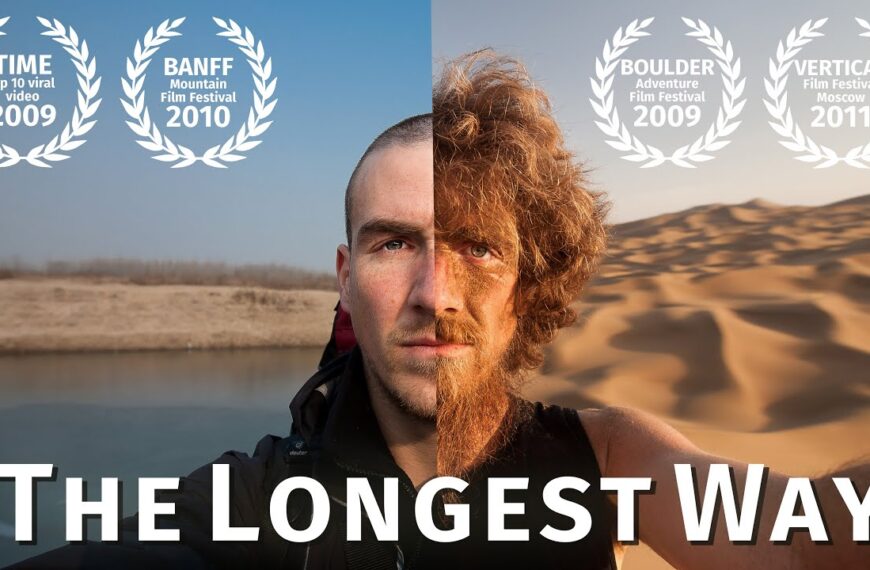www.climbingandhiking.com
Find your next adventure here…
Hiking in Spanish: A Comprehensive Guide to Translation and Exploration
Hiking in Spanish: A Comprehensive Guide to Translation and Exploration If you’ve ever considered hiking in a Spanish-speaking…



